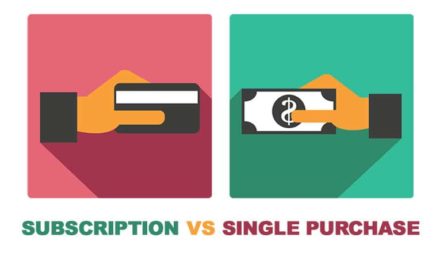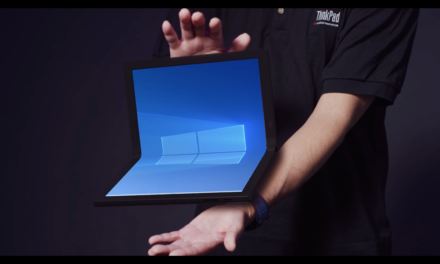
As society becomes more mindful of the effect it has on the environment and takes steps to lessen this impact, we are beginning to see the business world follow suit. While the majority of organisations have traditionally relied on a linear business model, it has become clear that this way of operating follows a pattern of ‘take-make-waste’. Consequently, an increasing number of enterprises are beginning to explore the circular economy in order to become more sustainable. Underpinned by a transition to renewable energy sources, the circular economy seeks to redefine growth and focus on positive society-wide benefits.
Through a shift in perspective, businesses have the power to re-design the way our economy works by designing products that can be ‘made to be made again’ – powering the system with renewable energy and changing the way we make, buy and consume goods.
Four essential building blocks – how businesses can embrace the circular economy
Embracing a circular economy mindset is about keeping resources and assets for as long as possible, extracting the maximum value from them, favouring access to services over ownership and regenerating materials to create further value. As such, it’s not a sector-specific approach: the circular economy is something that every business can adopt. And the benefits of such a system are undeniable. Research undertaken by the Ellen MacArthur Foundation, a pioneer in circular methodology, predicts that widespread adoption of circular principles could see a 48% reduction in carbon dioxide emissions by 2030.
When it comes to business implementation, the circular economy centres around four essential building blocks: design (material selection, products that are designed to last and easy end-of-life sorting), new business models, reverse cycles (return materials to the soil or put them back into the industrial production system) and enablers (policy makers, educational and financing). By building these core competencies into their design strategy, companies can pave the way to a more sustainable future – innovating their business strategies to facilitate product reuse, capitalise on new opportunities, develop new skills in delivery chain logistics, and work with enablers to lead by example in improving resource productivity.
In essence, embracing a business-focused circular approach is a simple case of re-assigning assets to create further value. The plastic sustainability initiative launched by plastic recycling facility Continuum at the London 2012 Olympics is one such example. Plastic bottles were produced with high levels of renewable content, such as plant-based PET, making it easy to recycle them into new bottles. As a result, 15 million bottles were collected at the Olympic and Paralympic Games and returned to the shelves as new bottles within six weeks.
Circular financing models
As-a-service or subscription models – as opposed to traditional ownership – act as the access point for businesses wanting to join the circular economy. Such models allow organisations to fund circular economy projects without the burden of large upfront investment. Not only do they include lifecycle services, but they can also balance the investment by relieving the burden on capex while delivering on the business’ objectives. This then frees up the company from the burden of diverting funds from other services to remain operational and agile. Additionally, when the as-a-service contract expires, the equipment will be collected, recycled and wiped as part of the subscription in order to close the loop and create further value. Favouring access over ownership is key to embrace a circular economy mindset.
Going beyond the ‘green’ – non-environmental business benefits of joining the circular economy
When it comes to business success, key drivers centre around financial gain and future viability. By using a circular economy approach in an organisation, not only can businesses reduce their carbon footprint, but they can capitalise on the value of their resources to save money, improve performance and build new relationships. A more eco-friendly approach can help businesses stay ahead of the curve when it comes to government legislations; allowing them to keep pace with new requirements and exceed industry standards.
Revolutionising company strategy through material re-use is the first step in establishing a brand as an innovative organisation. Circular companies have a reputation for being positive disruptors in the market; and as such, have a huge advantage when it comes to attracting talent and engaging employees. Above all, by adopting a circular approach, companies can migrate from the ‘take-make-waste’ mindset and create sustainability for the future – both for the environment and for their own ongoing viability.














